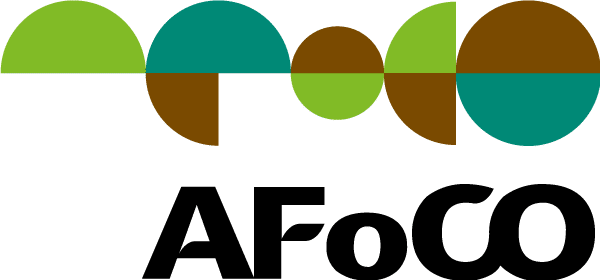COMPLETED
AFoCO/001/2013
- Cambodia, Lao PDR, Myanmar, Thailand, Viet Nam
AFoCO has implemented seven multi-country projects since 2013 under the ASEAN-Republic of Korea (ROK) Forest Cooperation (AFoCo). Valuable learnings and experiences from these projects were uncovered from the evaluation and analysis of AFoCO project impacts and best practices conducted by consultants from Bern University of Applied Sciences. Through its member-driven approaches, the projects evaluated in this report symbolize AFoCO’s efforts to promote and sustain cooperation to achieve key global goals such as the Paris Agreement on Climate Change, the UN Sustainable Development Goals (SDGs), and the Global Forest Goals (GFGs). The lessons learned identified through this project evaluation will serve as a stepping stone and guidance towards improving project development and management for future and ongoing AFoCO projects. The AFoCO Impacts and Best Practices reports are published in the form of a Summary Report and a Full Report containing details of the evaluation.
Access the Summary Report and Full Report in our publications section HERE.
The main objective of the program review and evaluation is to provide an overview of the suite of projects together as a program that contributes to the agenda and overall vision of AFoCO and to assess the projects with a view towards possible improvements of project delivery for future programs and projects on forest management in Asia. The lessons learned and best practices which are identified in the evaluation report will not only provide guidance and tips for future projects and programs, but contribute to the dissemination of the impacts of projects in AFoCO, thereby raising awareness of forest management for a greener Asia with resilient forests, landscapes, and communities together with Member Parties.
The methodology utilized in the evaluation of projects/programs in AFoCO includes AFoCO’s internal Guidelines for Project Monitoring and Evaluation, which follows the common methods used by most donors and project implementation agencies, and OECD Guidelines on Social Impact Assessment.
Each assessed project was evaluated based on five different criteria; (1) policy; (2) forest management; (3) biodiversity and environment; (4) social inclusion (5) possible financial return. The results show that while all the projects had considerable impact on almost all five aspects, some of the projects had a more focused impact while others touched upon all five aspects evenly.
How scoring was done
As of October 2021, 6 completed projects and 1 ongoing project have been evaluated.

Asian Forest Cooperation Organization (AFoCO) is a treaty-based intergovernmental organization aiming to strengthen forest cooperation by transforming proven technologies and policies into concrete actions in the context of sustainable forest management to address the impacts of climate change.
We are headquartered in Seoul, the Republic of Korea, with a subsidiary body, the AFoCO Regional Education and Training Center (RETC), in Yangon region, Myanmar.
AFoCO Secretariat
12F SIMPAC Bldg., 52, Gukjegeumyung-ro,
Yeongdeungpo-gu, Seoul 07330,
Republic of Korea
T. +82-2-785-8971
F. +82-2-785-8970/8910
E. [email protected]
AFoCO Regional Education & Training Center (RETC)
Seed & Seedling Center (SSC) of Forest Department of Myanmar, Ye-Twin-Kone Village, Hmawbi Township, Yangon Region, Myanmar
T. +95-9972578592
E. [email protected]